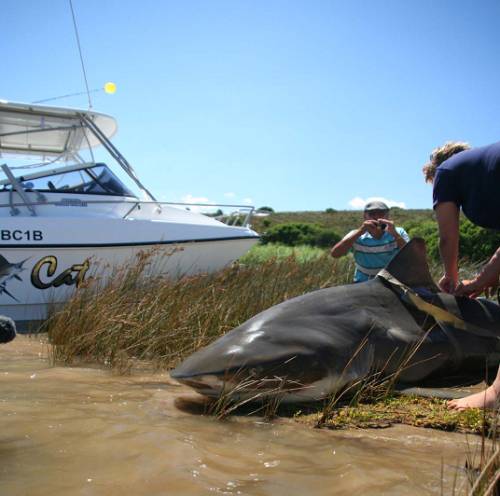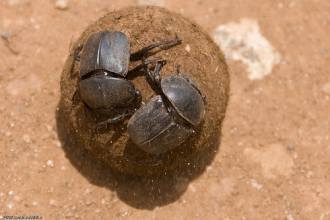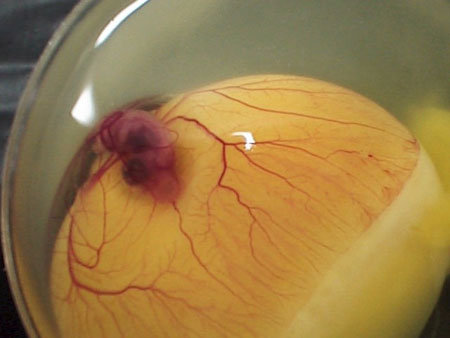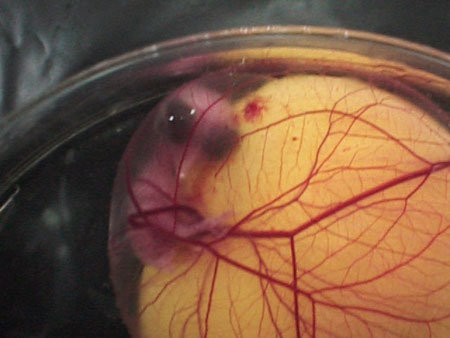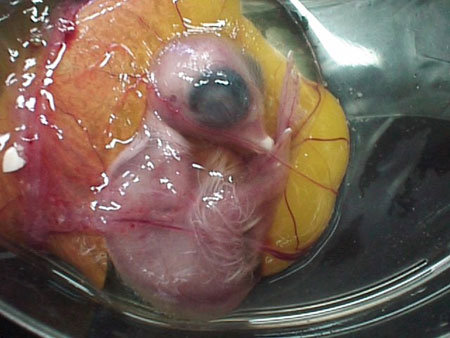 This fascinating article describes a case where a lone wild dog is actively teaming up with hyenas and jackals.
This fascinating article describes a case where a lone wild dog is actively teaming up with hyenas and jackals.
There were plenty of wild dog in the area in the past, but as lion population increased the local wild dog clan was wiped out.
This single adult female remained, and the rangers assumed that she would soon be killed.
However, she has been thriving with “help from some highly unusual and totally unexpected quarters.”
She has integrated fairly well with the larger members of the local hyena clan. She has been photographed interacting and even touching noses with them.
She also “solicits adult black-backed jackals to follow her on the hunt and even regurgitates meat on her return for the growing jackal pups!”
It seems that wild dogs have incredibly strong social instincts. So strong that when this animal had no other wild dogs to interact with she formed bonds with animals of another species. Amazing.

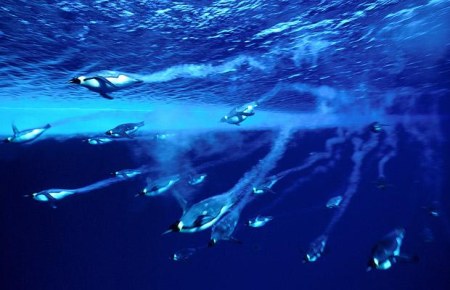
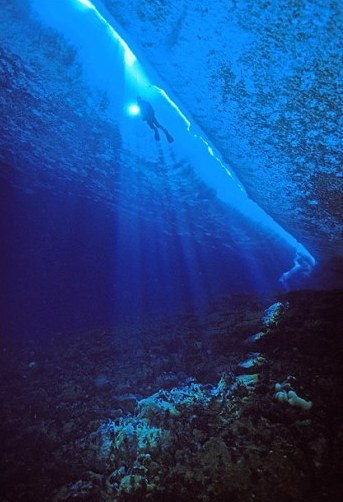
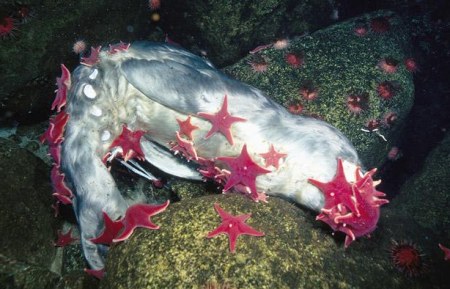
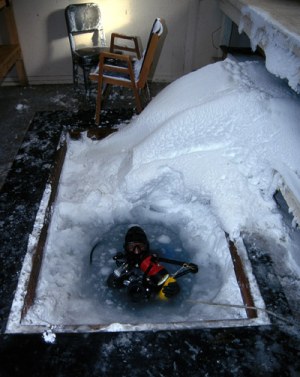
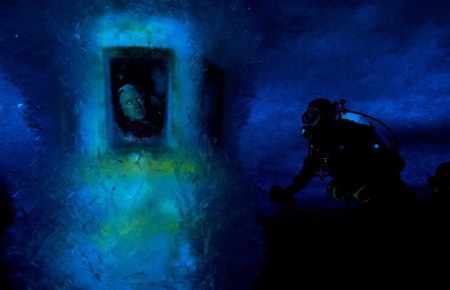
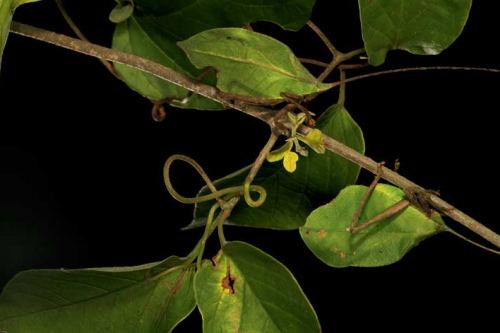
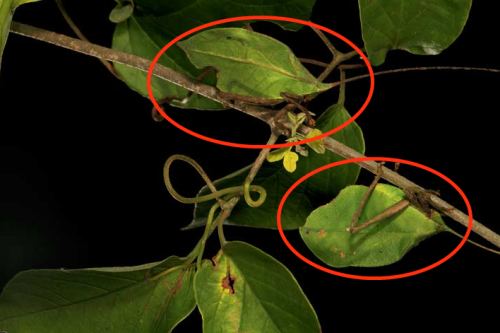




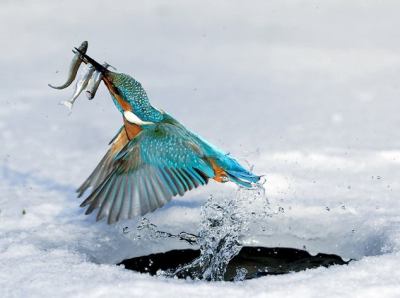
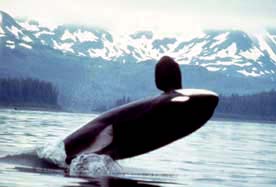 It seems romantic to release captive animals, but I often wonder how long they last in the wild. Life for wild animals is tough enough – animals released from captivity must really struggle.
It seems romantic to release captive animals, but I often wonder how long they last in the wild. Life for wild animals is tough enough – animals released from captivity must really struggle.



